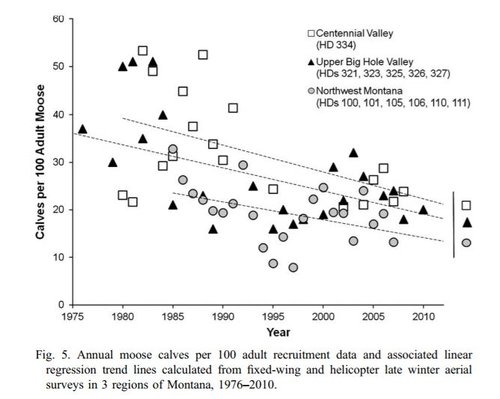BigHornRam
Well-known member
It's like digging a hole in the ocean. You keep shooting, and more keep coming in. Nature is messed up like that.
I love the glory shots in the Wisdom gas station. Those folks have wolf hunting down.
You are starting to come around, Ben. Wasn't too long ago you were worried that the wolf haters were going to get wolves re-listed. Now it's like digging a hole in the ocean!





